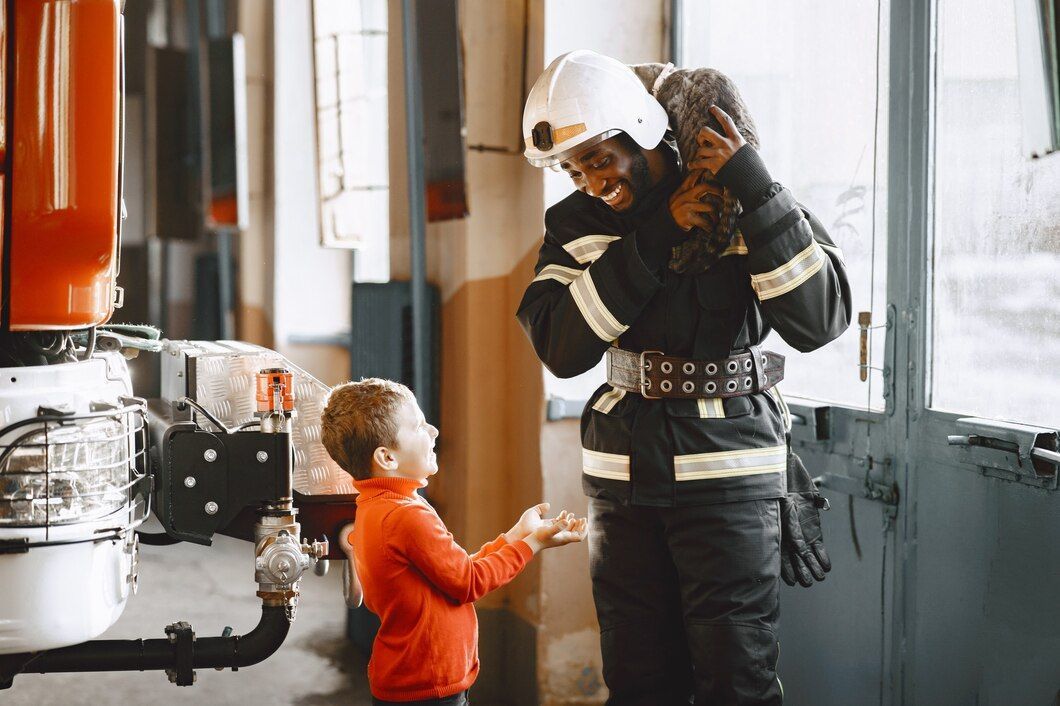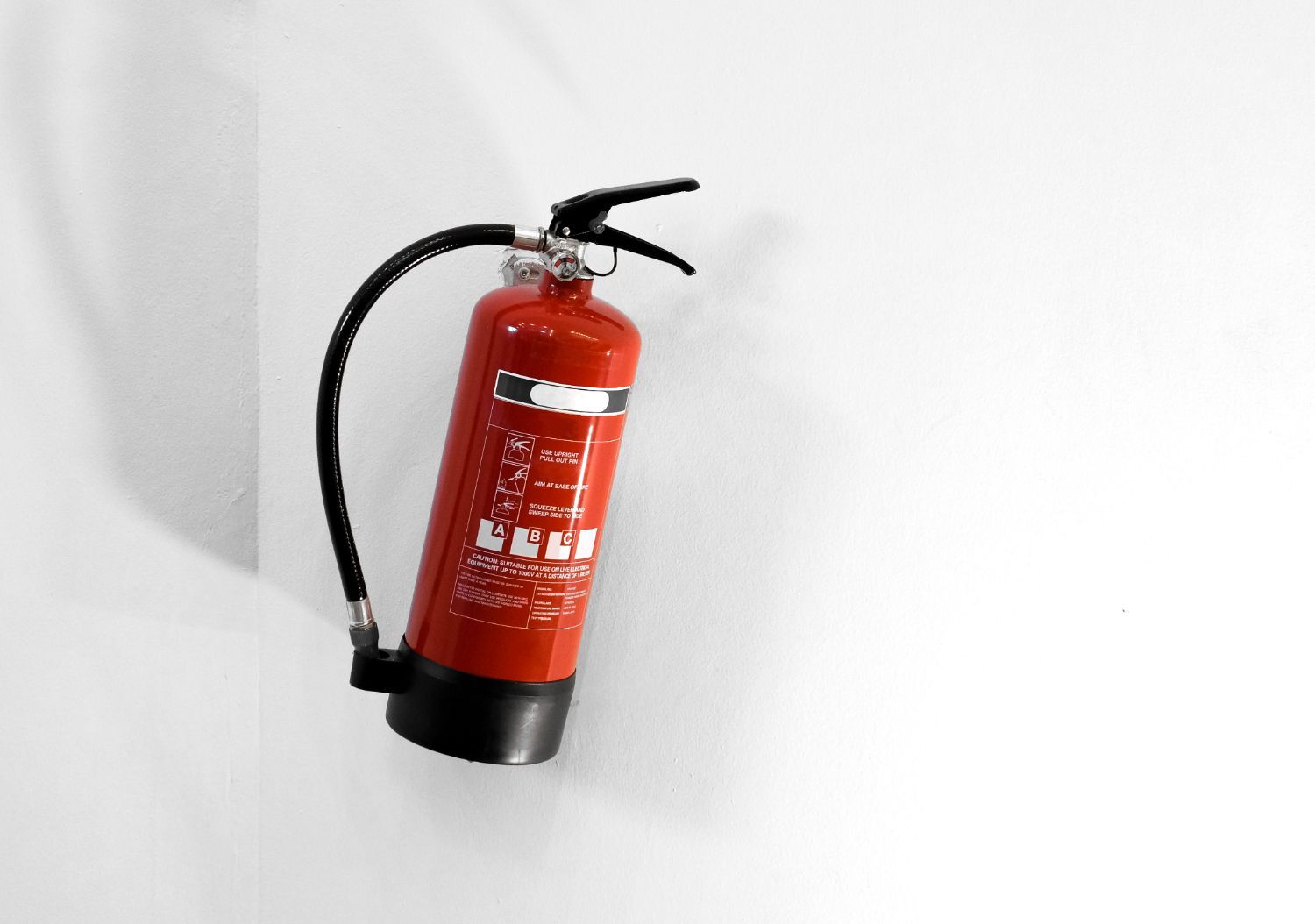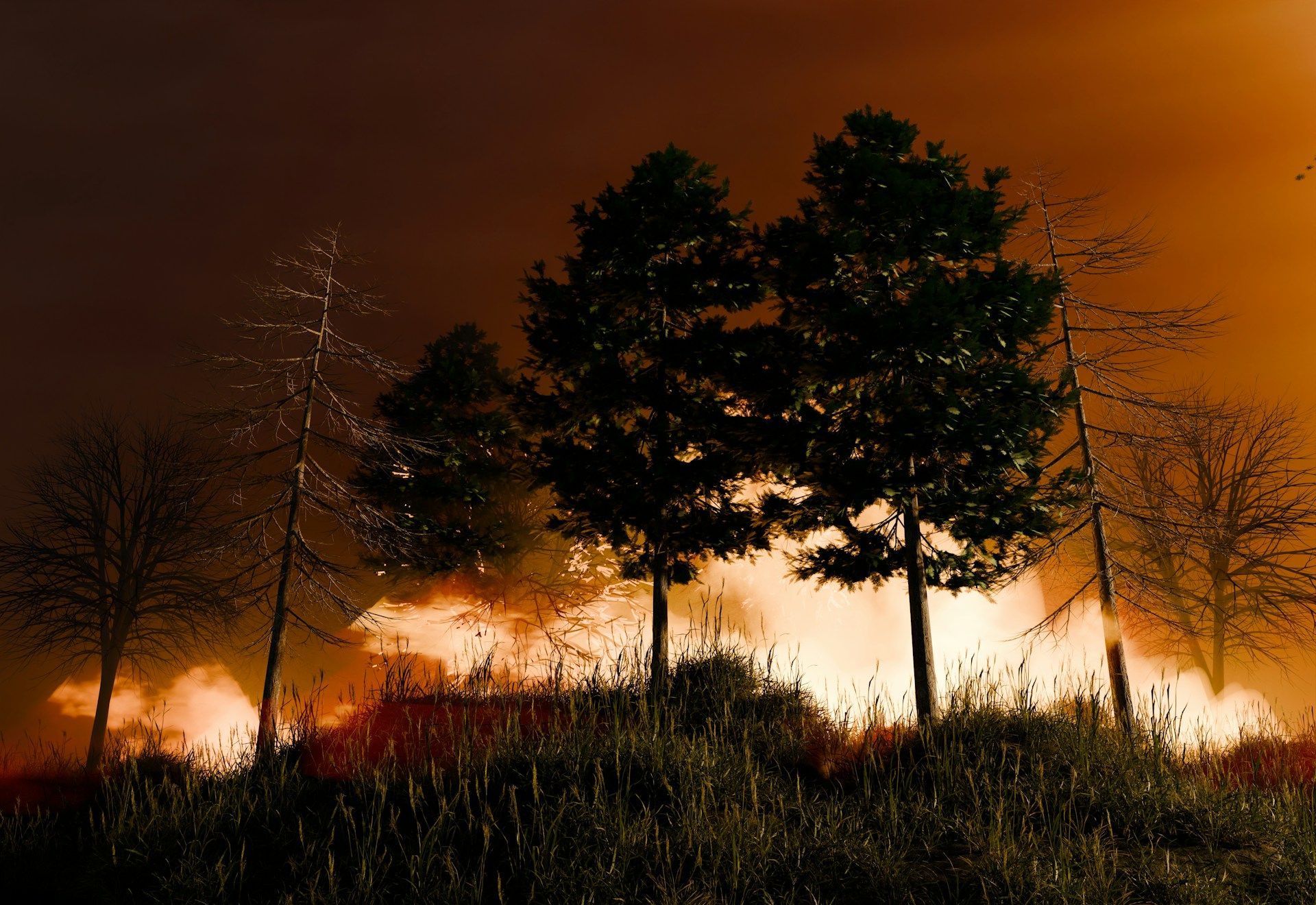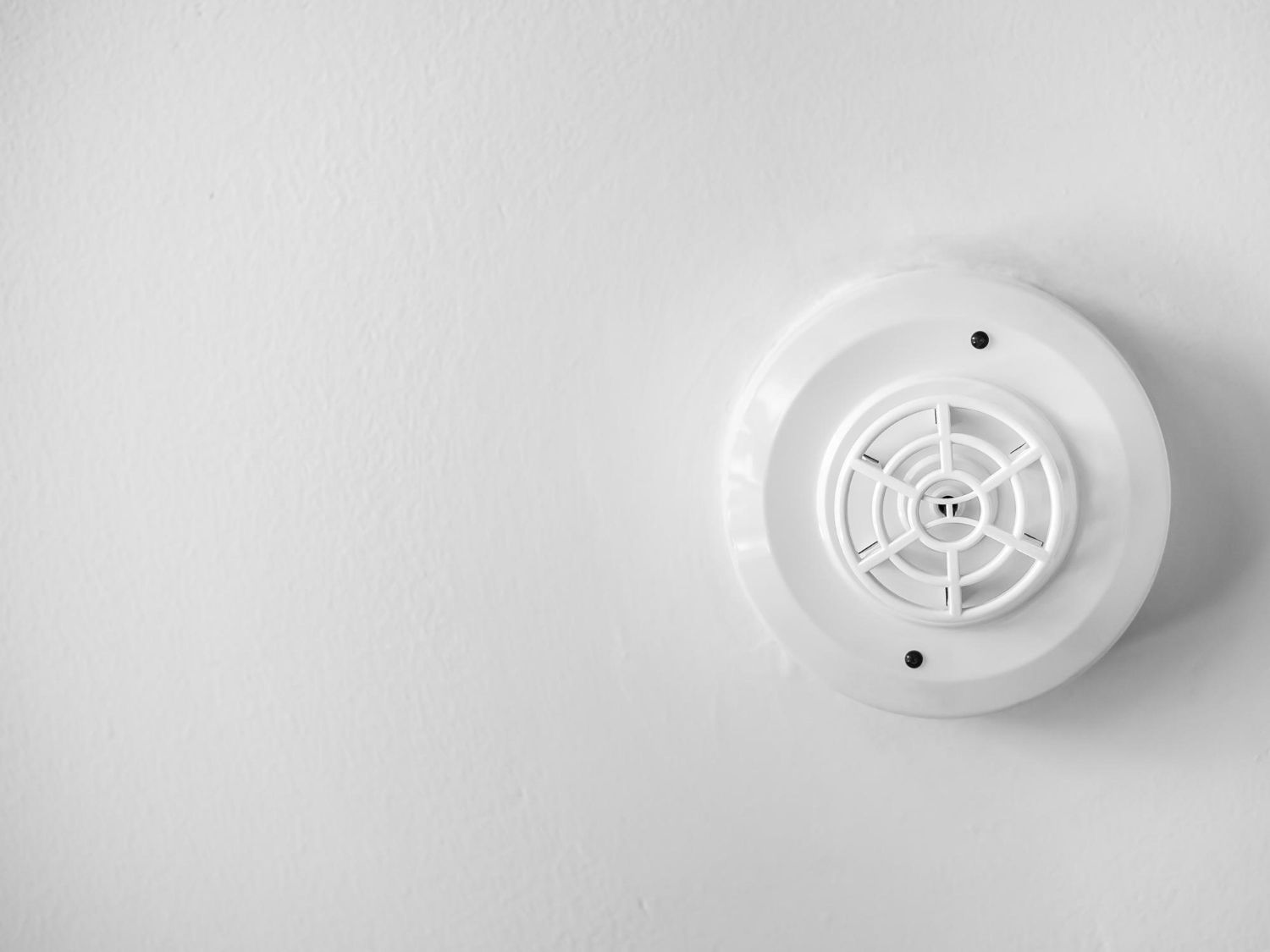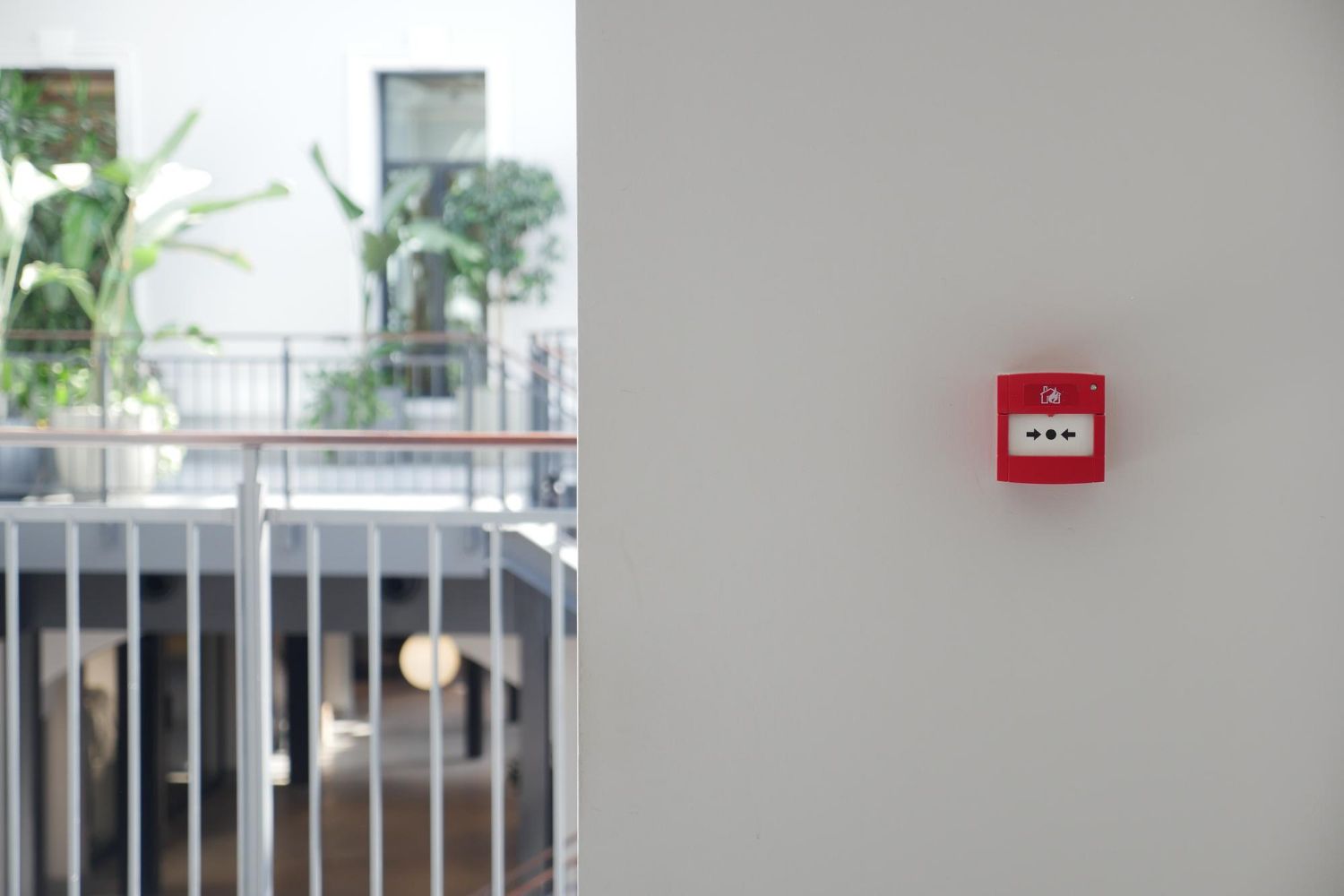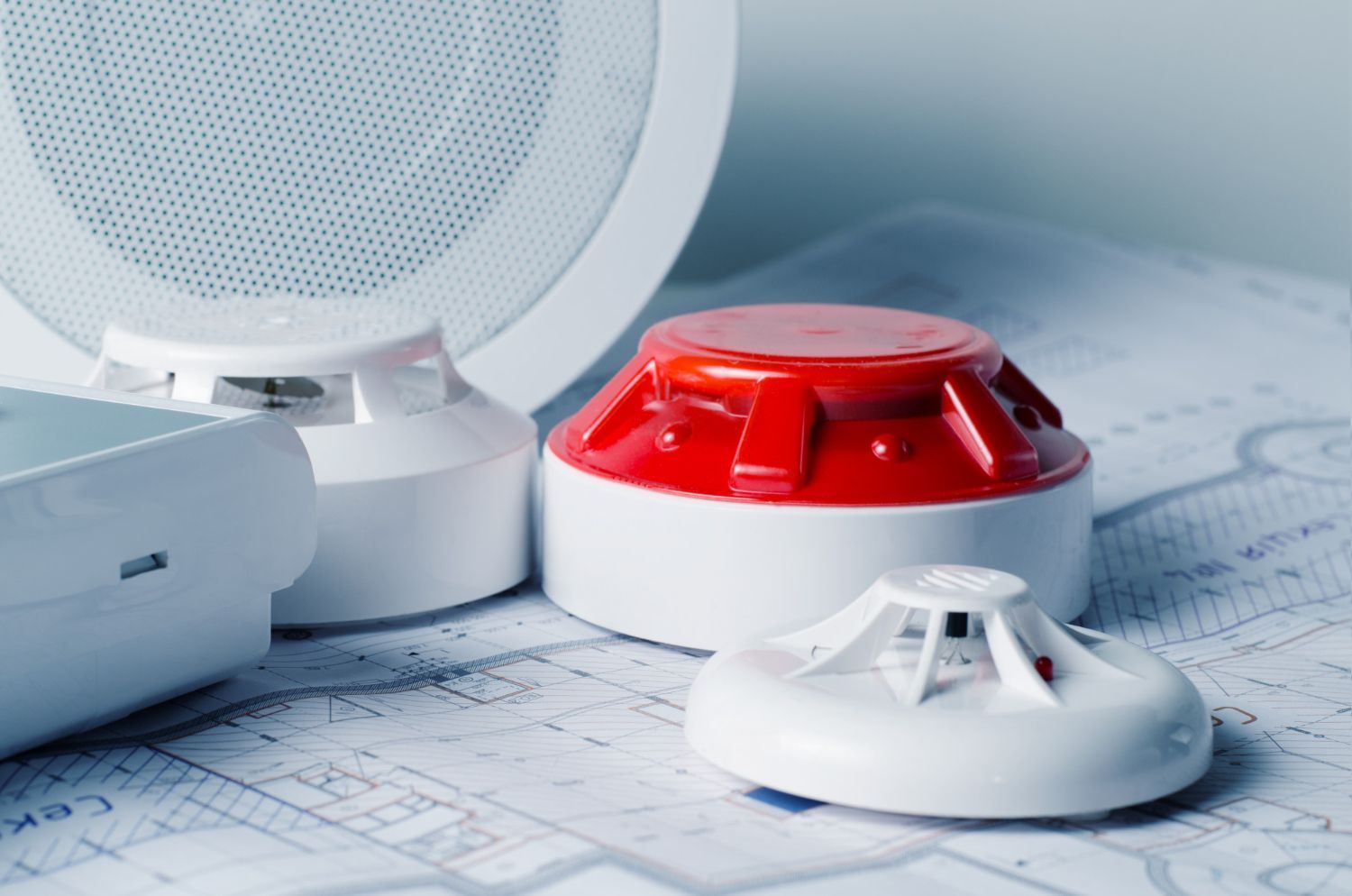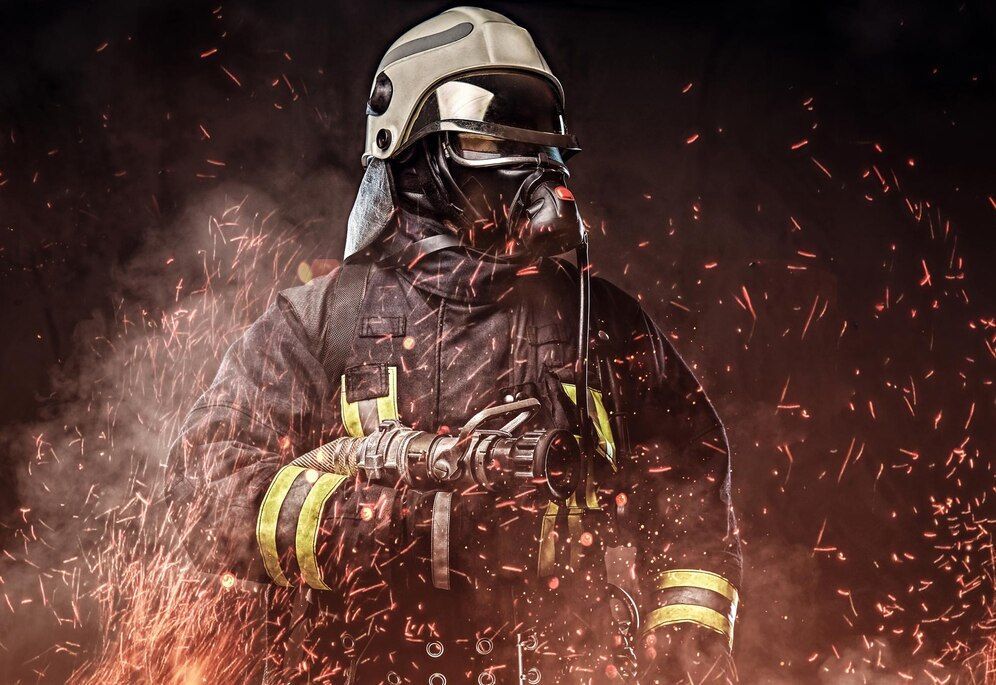Board of Fire Commissioners, Fire District 3,
Township of Old Bridge
Board of Fire Commissioners
Fire District 3
Township of Old Bridge
Fire Safety for Older Adults: Prevention, Planning, and Resources
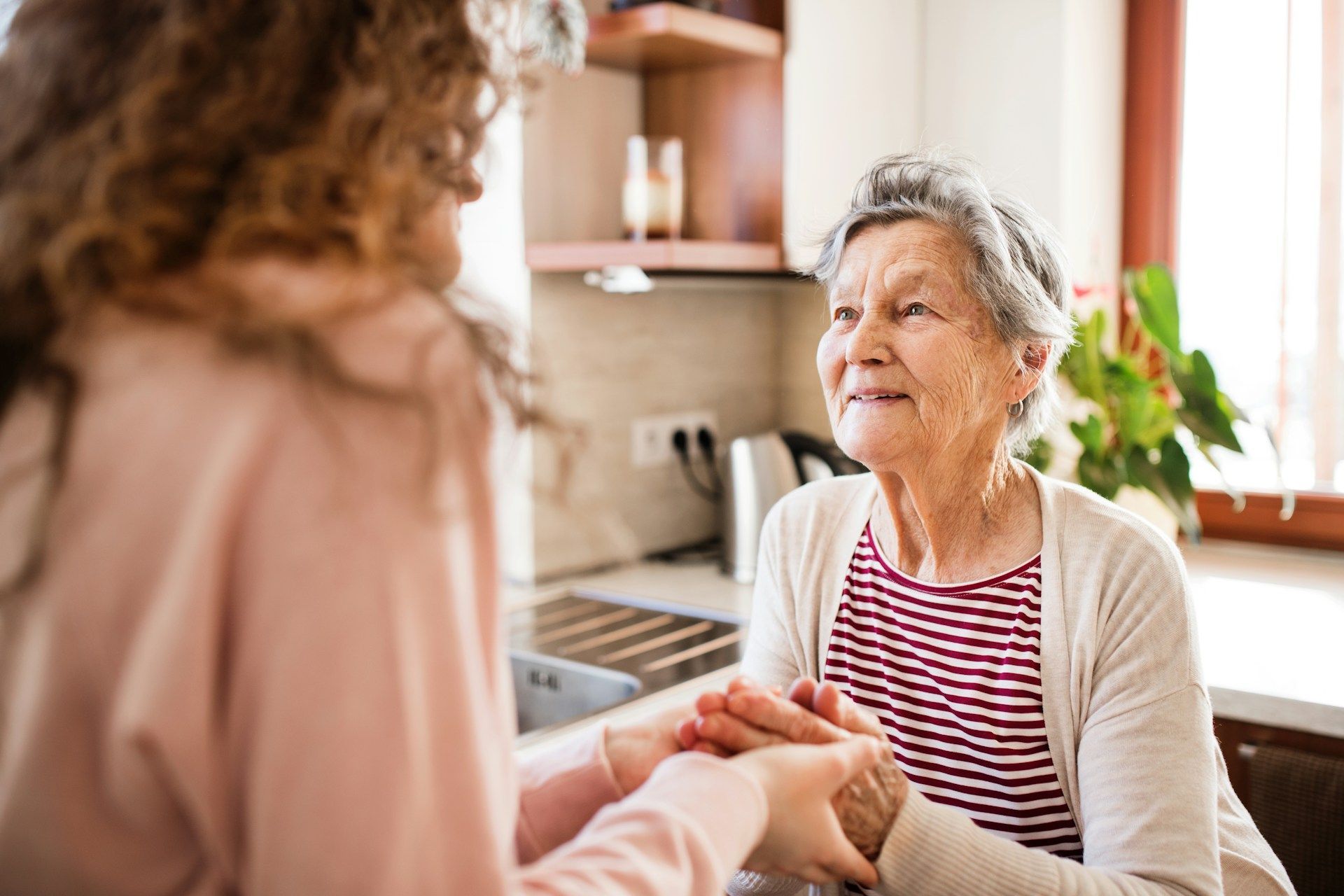
Understanding the critical importance of fire safety is crucial for everyone, but it's particularly vital for older adults who may be more vulnerable to certain risks. The intersection of aging, health, and safety can sometimes be a complex area to navigate, yet it is one that cannot be overlooked.
Despite the fact that fire safety is a universal concern, older adults can often face unique challenges that necessitate specialized prevention strategies and emergency plans. The potential for mobility issues, health conditions, or cognitive impairments can add an extra layer of complexity to fire safety for seniors.
With that in mind, this guide aims to address these specific circumstances and provide tailored advice and resources to equip older adults with the knowledge and tools they need to protect themselves.
Fire Prevention and Hazard Identification
Preventing fires in the homes of older adults begins with identifying potential hazards and implementing proactive measures. Here are some crucial areas to address:
1. Kitchen Safety: Ensure that the cooking area is clear of any flammable objects and that older adults remain attentive while cooking. Consider using appliances with shut-off features for added protection.
2. Electrical Safety: Inspect wiring and electrical systems regularly, and promptly address any issues. Avoid overloading outlets, and use power strips with surge protectors to prevent electrical fires.
3. Heating Equipment: Maintain safe distances between heating devices and combustible materials, and perform routine maintenance on heating systems by qualified professionals.
4. Smoking and Candle Safety: Encourage older adults to smoke outside if they must, and never leave candles unattended. Opt for flameless candles as a safer alternative.
Smoke Alarms and Early Detection
Early detection is vital in ensuring older adults have adequate time to react and evacuate during a fire. Proper use and placement of smoke alarms play an essential role in protecting older adults:
1. Strategic Placement: Install smoke alarms in every bedroom, outside each sleeping area, and on every level of the home.
2. Interconnected Alarms: Use interconnected smoke alarms to ensure that when one alarm sounds, they all do, providing widespread alerts throughout the residence.
3. Regular Testing: Test smoke alarms monthly and replace batteries annually. Consider using alarms with a longer battery life to minimize maintenance.
4. Accessible Alerts: Utilize smoke alarms with strobe lights and bed shakers, catering to the needs of older adults with hearing impairments.
Creating an Emergency Plan for Older Adults
An emergency plan tailored to the needs of older adults is crucial in ensuring they can safely evacuate in the event of an emergency. Follow these guidelines in creating an effective plan:
1. Accessible Escape Routes: Plan safe and accessible escape routes, taking into account the mobility challenges older adults may face.
2. Emergency Contacts and Evacuation Assistance: Establish a list of emergency contacts and designate individuals to provide evacuation assistance when needed. Ensure that all support persons are familiar with the emergency plan.
3. Practice Drills: Conduct regular fire drills, allowing older adults to practice their designated escape plan and refine their actions under controlled circumstances.
4. Post-Event Strategy: Devise a designated meeting spot outside the home and create a post-evacuation plan, considering temporary shelter and healthcare accommodations for older adults.
Resources for Older Adults and Caregivers
Numerous resources are available to help older adults and their caregivers strengthen their knowledge of fire safety and emergency preparedness. Here are a few options:
1. Fire Safety Initiatives: Participate in community programs and educational events that focus on fire safety and prevention, tailored to older adults and their unique needs.
2. Home Safety Assessments: Schedule a home safety assessment conducted by professionals, who can point out potential hazards and recommend necessary modifications.
3. Smart Home Technologies: Utilize modern technology, such as smart smoke detectors, automatic stove shut-off devices, and monitoring systems, to enhance the home's safety systems.
4. Community Support: Engage with local organizations, such as fire departments, senior centers, and housing authorities, for guidance and support in promoting fire safety for older adults.
Understanding the Importance of Fire Safety for Elderly Individuals
Ultimately, fire safety for older adults is not a responsibility to be shouldered by individuals alone. It requires a collective effort from society to effectively educate, equip, and safeguard our seniors against fire incidents. By emphasizing prevention, rigorous planning, and the utilization of resources, we can significantly enhance the safety and well-being of older adults in our communities.
At Board of Fire Commissioners, Fire District 3, Township of Old Bridge, we remain committed to the well-being of every community member and strive to create a safe and secure environment for all. By working together with our
fire department in New Jersey, we can ensure the safety and well-being of our older adults and create an inclusive, fire-conscious community for all residents.
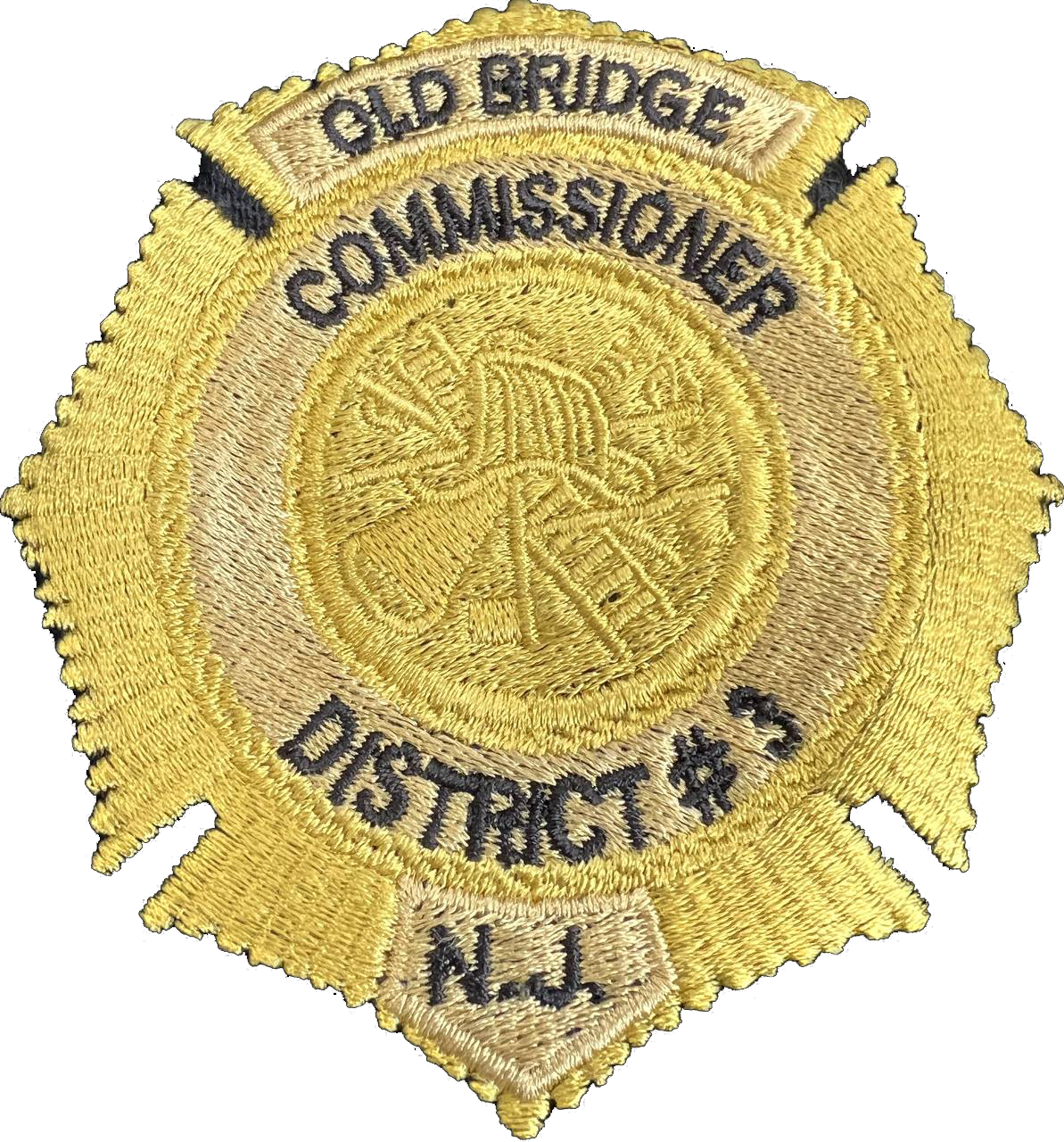
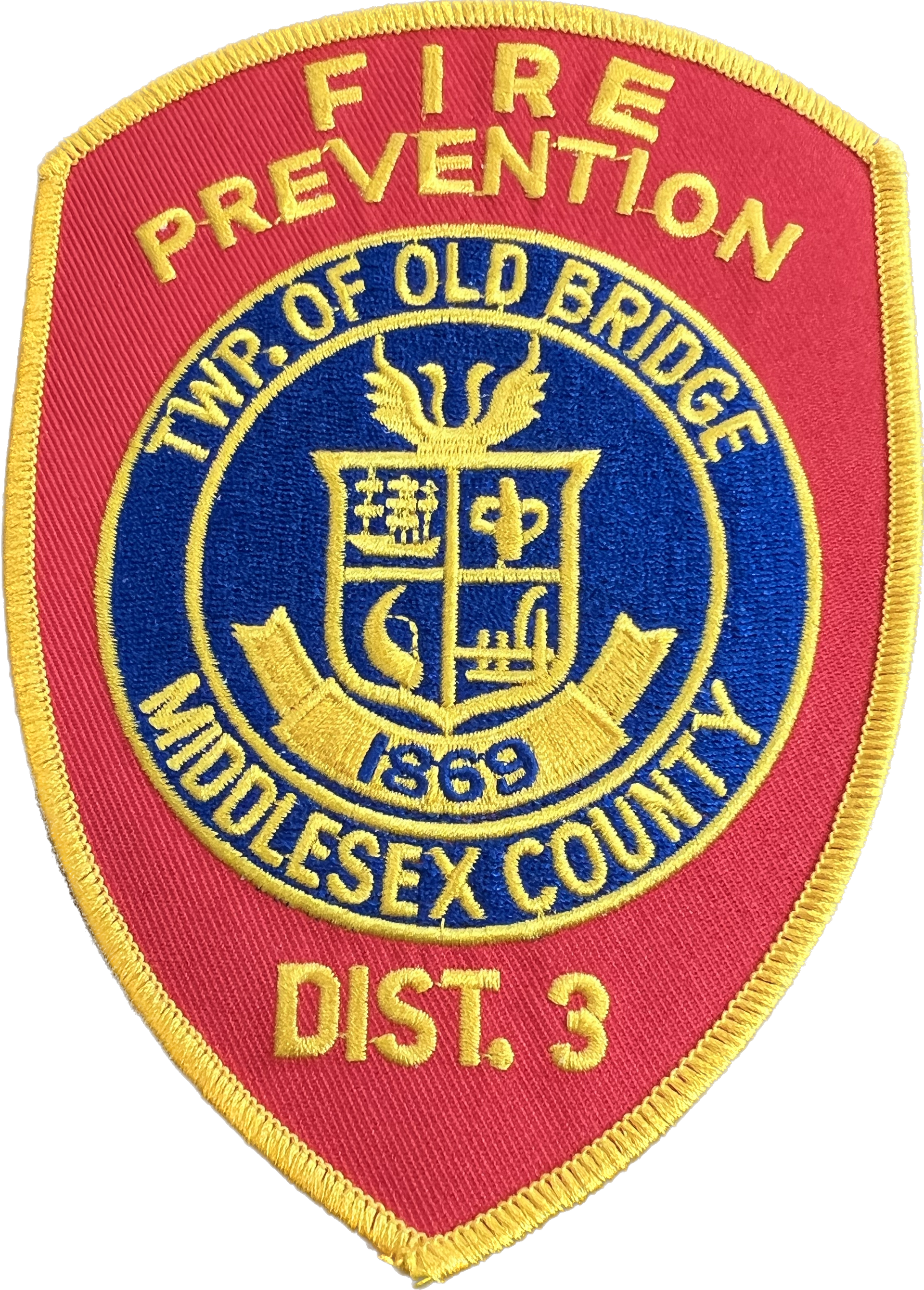
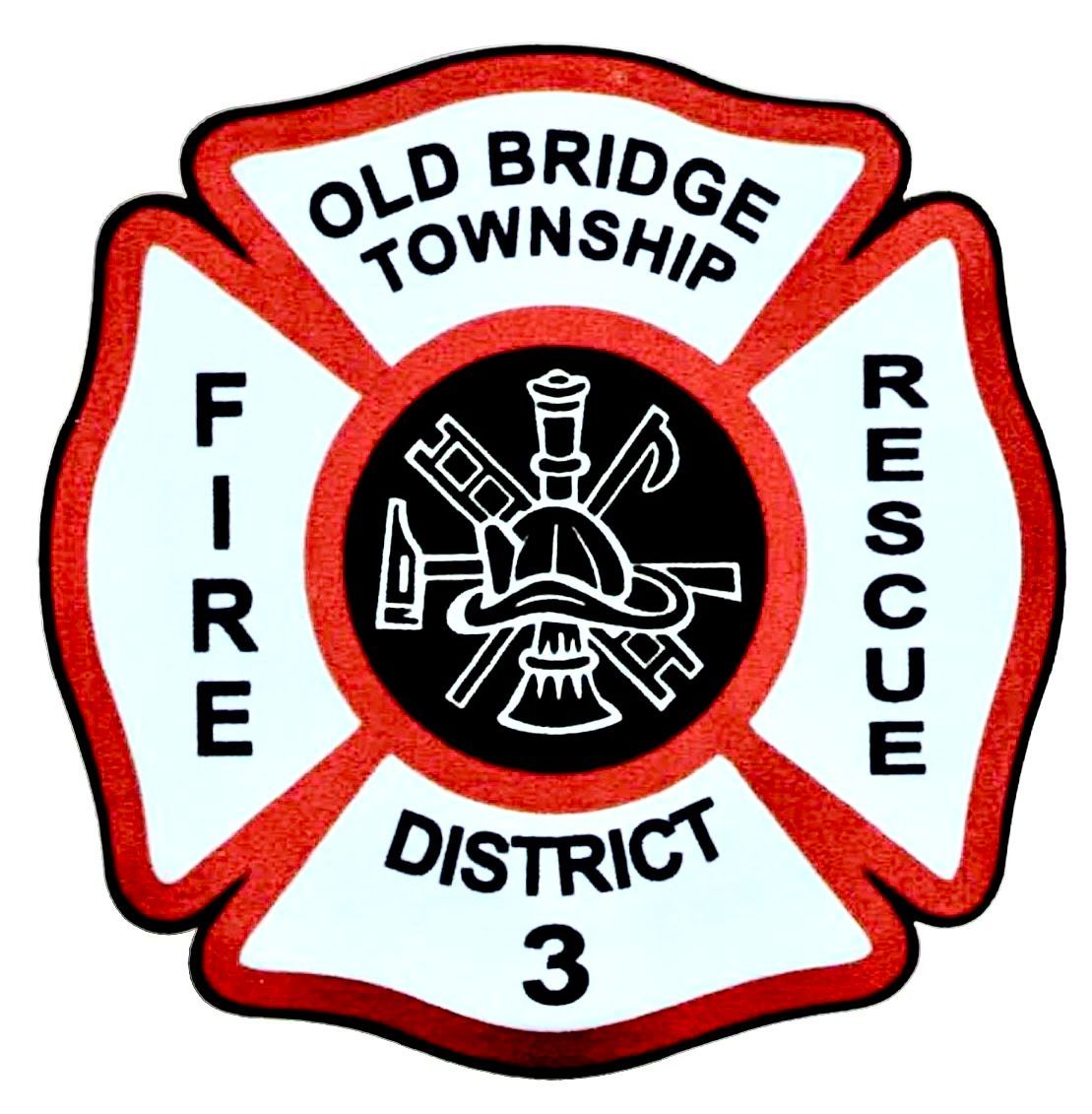



Phone: 732-723-1124 | Email: firedistrict3@obfd3.com
Address: 913 Englishtown Road Old Bridge, New Jersey 08857
We are closed daily from 12 Noon to 1pm for lunch
© 2023 All Rights Reserved | Board of Fire Commissioners, Fire District 3, Township of Old Bridge
All Rights Reserved | Board of Fire Commissioners, Fire District 3, Township of Old Bridge
